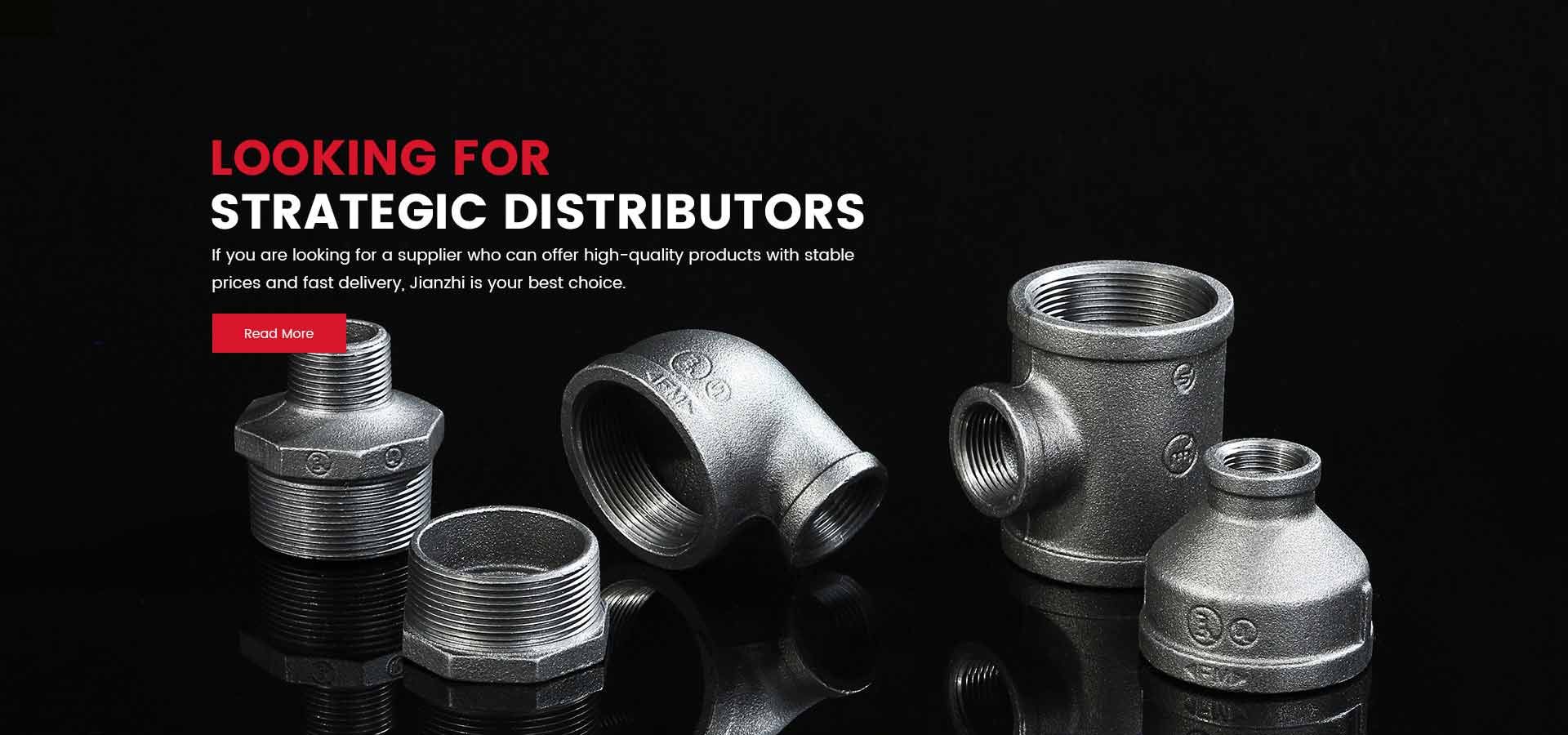How to connect pvc to metal pipes?
Working with different materials is best left to your plumber. However, it’s good to understand how, why and when a plumbing professional might use two different materials when working in your home. At bluefrog Plumbing + Drain, we fully explain the changes we make, including the materials and equipment used. We know that you want to know what’s going on when it comes to the health and welfare of your home and family.
Learn more about PVC and Metal Piping and why it’s sometimes advantageous to mix these two types of pipes.
PVC Pipe
Many homes and businesses contain PVC pipes. They are useful for vent piping, drainpipes, and exterior drainage. PVC is lightweight and has a high tolerance for chemicals used to clean drains and clogs. The durable material is far more flexible than traditional metal pipes such as steel or copper. Our plumbers often recommend it for homeowners upgrading their plumbing. Water flows more easily through PVC, which may prevent frequent clogs.Other Pipe Materials
Galvanized metal pipes were once the material of choice for residential plumbing systems. However, other materials, such as PVC and plastic, have withstood the test of time better. White PVC pipes are ideal for outdoor plumbing because they are easy to find and replace.
However, hot water comes through your indoor pipes under pressure, so your plumber will use CPVC or metal pipes to replace older galvanized pipes indoors. Some plumbing codes require CPVC for all indoor pipes. Your bluefrog Plumbing + Drain plumber is familiar with local codes and can provide the best options for your home.
Galvanized pipes corrode as they age, restricting water flow and leaving your plumbing vulnerable to leaky, broken pipes. It’s a good idea to replace as many as you can when remodeling or upgrading your system.
Retrofitting Water Pipes
When transitioning to PVC or CPVC piping, it’s best to do so at an elbow, tee or coupling with a female connection. Bluefrog technicians then use male plastic adapters to connect the PVC to the existing metal. Female slip adapters often crack when pressure is applied to seal the connection. This could lead to unnecessary repair bills in the future. For connections from a male threaded pipe, a galvanized coupling creates the necessary female connection where the plastic and metal pipes meet.
Using PVC-Metal Connections in Drainpipes
Unlike hot water pipes, drainpipes are not under pressure. This entails fewer risks for leaks. Your bullfrog plumber handles the transition the same way for cold water pipes. However, we can replace a section of the drain pipe without rethreading the end of the pipe. Using a flexible connector with the right diameter, we tighten it down to create a pressure seal.
The appropriate connectors are made of rubber and have clamps on each side that tighten easily with a socket wrench or screwdriver. We place the clamp on the galvanized pipe, insert the new PVC pipe and tighten the clamps on both ends. To ensure that the seal remains watertight, our plumbers put silicon sealant on the galvanized metal before installing the connector. Since the PVC pipe will remain smooth, there’s no need for a sealant on that end.
Glue is a very bad idea for PVC to metal connections. Some plumbers or DIY homeowners try to glue PVC to metal pipes. PVC cement only works with PVC to PVC connections.
Again, making plumbing connections involves knowing local codes and having the necessary training. Bluefrog Plumbing + Drain hires licensed, bonded and insured plumbers to complete PVC to galvanized metal connections in your home.

Irrigation Systems
You can also find PVC to metal connections in irrigation systems. Plastic and metal piping connections work well if the installer understands how to complete the task correctly.
We link the PVC to metal components using threaded connections. The plastic male threads link to a female thread on the metal pipe. As mentioned, connecting a female PVC thread with a male galvanized metal thread typically results in cracks and leaks due to the nature of the two materials. Polyvinyl chloride stretches more easily than metal threading. Therefore, a female PVC-male metal fitting strains the PVC thread, causing leaks and cracks.
Also, the pipes and fittings don’t have the same diameter. As the threads meld at the connection point, the mail fitting compresses as the female fitting expands. This produces a tight, robust joint that will not leak.
Teflon Tape and Dope
When your plumber connects the PVC-metal joints of your irrigation system, they use sealer and lubricant so it’s easier to connect the male and female components. We use Teflon tape or Teflon pipe dope to prevent leaks.
Remember that your irrigation system requires the attention of an experienced plumber. It’s a good idea to understand the basics so that you can spot an amateur who’s likely to do more harm than good to your irrigation system.
评论
发表评论